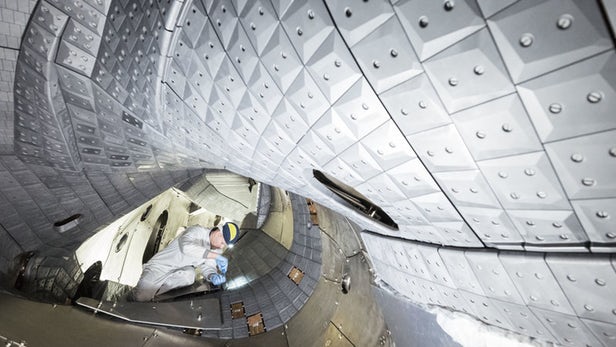
Breaking News
 Pentagon Partners With xAI Service For Military's Growing Artificial Intelligence Toolset
Pentagon Partners With xAI Service For Military's Growing Artificial Intelligence Toolset
 Pharmakeia: America's Seniors Are Being Overmedicated Into Oblivion
Pharmakeia: America's Seniors Are Being Overmedicated Into Oblivion
 The New Battle for the Americas: Why the Western Hemisphere Is Becoming a Global...
The New Battle for the Americas: Why the Western Hemisphere Is Becoming a Global...
Top Tech News
 Travel gadget promises to dry and iron your clothes – totally hands-free
Travel gadget promises to dry and iron your clothes – totally hands-free
 Perfect Aircrete, Kitchen Ingredients.
Perfect Aircrete, Kitchen Ingredients.
 Futuristic pixel-raising display lets you feel what's onscreen
Futuristic pixel-raising display lets you feel what's onscreen
 Cutting-Edge Facility Generates Pure Water and Hydrogen Fuel from Seawater for Mere Pennies
Cutting-Edge Facility Generates Pure Water and Hydrogen Fuel from Seawater for Mere Pennies
 This tiny dev board is packed with features for ambitious makers
This tiny dev board is packed with features for ambitious makers
 Scientists Discover Gel to Regrow Tooth Enamel
Scientists Discover Gel to Regrow Tooth Enamel
 Vitamin C and Dandelion Root Killing Cancer Cells -- as Former CDC Director Calls for COVID-19...
Vitamin C and Dandelion Root Killing Cancer Cells -- as Former CDC Director Calls for COVID-19...
 Galactic Brain: US firm plans space-based data centers, power grid to challenge China
Galactic Brain: US firm plans space-based data centers, power grid to challenge China
 A microbial cleanup for glyphosate just earned a patent. Here's why that matters
A microbial cleanup for glyphosate just earned a patent. Here's why that matters
 Japan Breaks Internet Speed Record with 5 Million Times Faster Data Transfer
Japan Breaks Internet Speed Record with 5 Million Times Faster Data Transfer
Wendelstein 7-X sets new record in its quest for practical fusion power

Perched loftily on Germany's Baltic coast, the small-to-middling town of Greifswald continues to be at the forefront of research into nuclear fusion. This is in no small part down to the presence of the Wendelstein 7-X – a fusion reactor so complicated they literally needed a supercomputer to design it. The latest tidings from the Max Planck Institute for Plasma Physics, creators of the Wendelstein 7-X, are that a new record has been set for the so-called fusion product. This is a theoretical performance benchmark rather than physical matter, but all the same, it's another significant step along the path to practical fusion power.
The fusion product is a measure which indicates how close a reactor is to plasma ignition – the critical point at which nuclear fusion becomes self-sustaining, and which happens naturally in stars like our Sun at a mere 15 million degrees Celsius (or 27 million degrees Fahrenheit, if that helps you compare things to a balmy summer's day.) The product is the result of multiplying ion temperature and density, then dividing by time and hence measured in degree-seconds per cubic meter. This latest hoopla is all because Wendelstein 7-X has achieved 10 to the 26th power of those, which is really rather a lot, apparently.
"This is an excellent value for a device of this size, achieved, moreover, under realistic conditions, i.e. at a high temperature of the plasma ions," Professor Sunn Pedersen says in a press release.

 No Excuses: Throw A Party!
No Excuses: Throw A Party!


